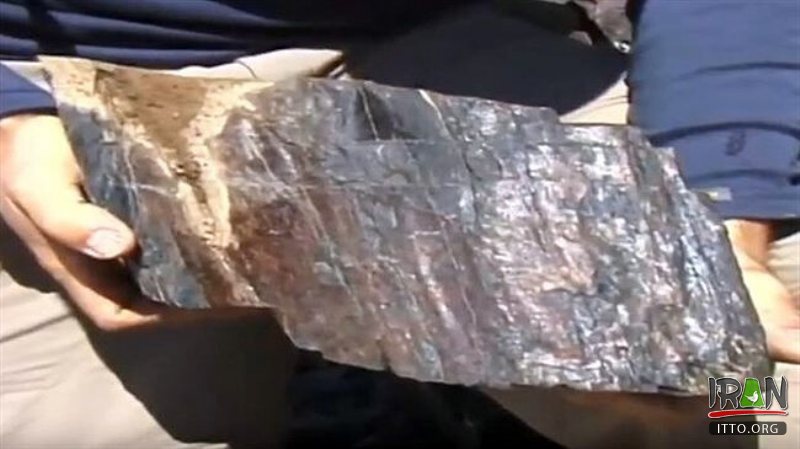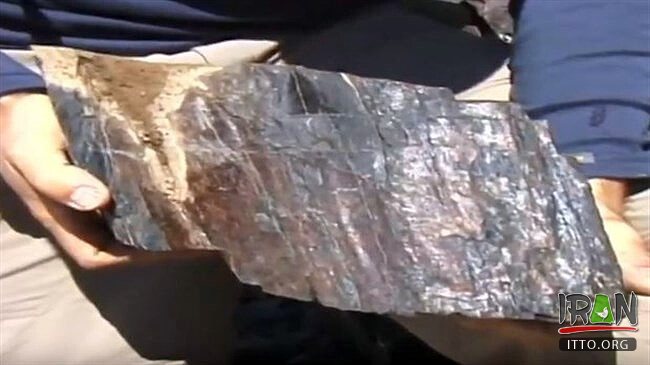Noah's Ark is one of the most sought after mysteries in the Bible with the story saying it was ordered to be constructed by God to save Noah, his family, and the world's animals from a global flood, dailystar reported.
Any discovery of irrefutable evidence of the Great Flood would turn the academic understanding of human history on its head. Conventional historians and scientists doubt the event described in the Bible ever occurred, with no evidence of the cataclysmic event so far discovered.
BASE Institute claim to have discovered a giant object on top of the mountain (whose name is translated to Solomon's Throne) at 13,120 feet which "fits the approximate dimensions of Noah's Ark". Biblical archeologists from BASE Institute claim do not 100 percent that the object in Iran is the ship, but have said it is the "most probable resting place of Noah's Ark".
BASE Institute president Bob Cornuke claimed his expeditions to the site uncovered a seemingly a 400-foot-long object which resembled the remains of Noah's Ark.
The organization admits 'research continues' into the site as they probe the Biblical mystery which has been sought for hundreds of years.
Daily Star Online previously revealed the CIA used spy satellites to probe Noah's Ark's location after claims that it was found in Turkey.
BASE Institute and Cornuke have provided pictures of rock formations which look like giant petrified pieces of wooden beams which resemble the hull of a wooden vessel.
Explorers allege the region of 'Ararat' mentioned in the Bible (which was thought to refer to Mount Ararat in Turkey) is actually a reference to a mountainous region in ancient Babylon.
Bible scholars point to references to the Ark traveling east in the text, which would have placed the vessel in modern-day Iran. Other ancient writers also make references to an object in Iran which was believed to be the Ark, including the biographer of Biblical king Herrod.
On its website, BASE Institute wrote: "It seems apparent from the preceding that there were some historians that spoke of beamed remnants of the ark still existing in a time period just before and after the time of Christ.
"Since the object we located in Iran is so uncannily beam-like in appearance, it is possible that the object is one in the same as the aforementioned historians referenced."
Expeditions to the site by BASE Institute found formations which appear to match these beams which have been attributed to Noah's Ark.
Fossil evidence of sea life was also found on the mountain, the remains of a shrine, and BASE Institute claim the area has enough nearby ecosystems nearby to accommodate all the animals on the Ark.
Cornuke admits difficulties in conclusively proving the Ark, but BASE Institute claims the site has 'strong potential'.
He wrote, "I have been looking for the Ark for a long time and many other lost locations in the Bible.
"I think that there would be little argument that the ark of Noah is one of the most controversial subjects in the Bible.
"In effect, anyone looking for the lost ark is engaging in a search that will probably never result in the satisfaction of everyone." Noah Ark appears in the book of Genesis in the Bible and is built to preserve life from a world swallowing flood sent by God.
In the end of the Biblical tale, God promises to never again destroy the world with a flood after Noah and the Ark safely come to a rest after over a year at sea. Geological studies have never found any proof of the flood narrative which would completely undermine modern understandings of the age of the world and historical record.
Scientists and historians regard searches for evidence of the flood as pseudoscience, and searches for the Ark as pseudoarcheology as they do not have any basis aside from the Bible.



